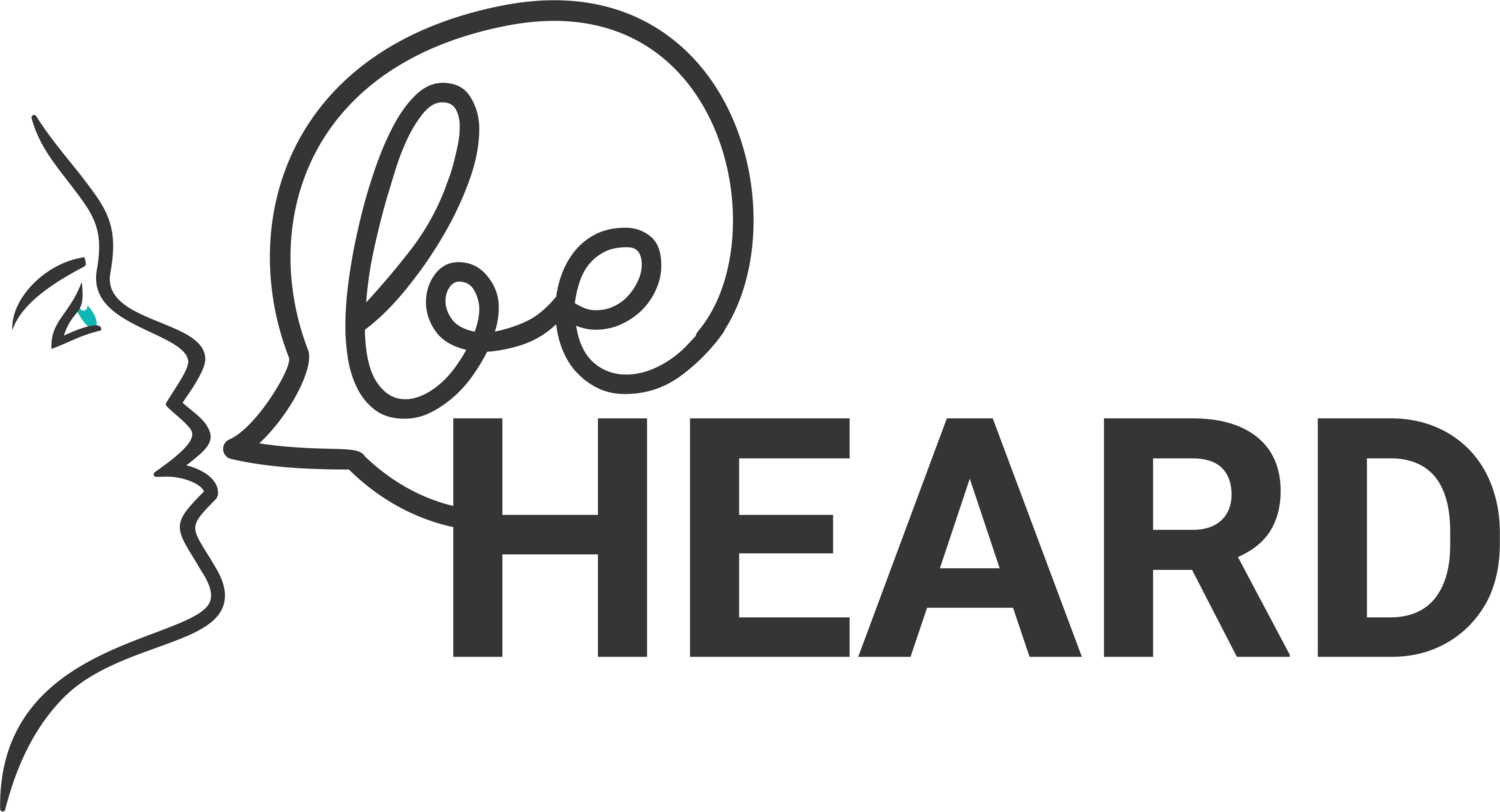Essential Facts You Must Know About The Nature of Podcasts
Podcasts are now among the most widely-used methods for individuals to access content. There are many different audio shows serving diverse interests and audiences. Nevertheless, if you’ve just learned of the word, but you’re not completely certain how the whole thing works… we are here to assist.
This guide will discuss all the information you should be aware of about audio programs. We’ll initially explore some meanings and clarifications. Subsequently, we’ll look at how digital broadcasts are produced and advertised. And throughout, we’ll review different cases, so you grasp what exactly we’re talking about.

It’s a intriguing world out there! So, let’s get underway!
What is a Podcast?
We’re diving right into the topic. What is exactly a podcast, and how is it functioning?
A podcast is, in simple terms, an auditory show circulated via the internet. If you are wondering about the word itself, it’s believed it is derived from “iPod” and “broadcast”. Yes, iPods; those small handheld players designed by Apple that soon expanded in popularity.
At present, although the name of the machine is included, podcasts can be played on cell phones, PCs, slates, and music players (via a podcast platform that operates as a kind of constant radio stations).
Differences From Other Mediums
A podcast has a few features that set it apart from other types of media (such as radio programs or video content). Such as:
Available on-demand: Podcasts are previously recorded, so you can enjoy them or save them at any time. So, you can choose when it is convenient to access the content.
Regular release schedule: Many podcast episodes are organized as a set or continuing broadcasts. The program is, thus, issued on a fixed timetable (for example every day, each week, or every month).
Convenience: The main portion of podcast episodes are accessible for free. Some authors provide paid or members-only content for a cost, as well, but not all.
Individual producers: Podcast episodes are commonly created by solo authors. This means you can get a broader range of viewpoints and perspectives!
Active engagement: Listeners can engage with them with subscriptions, reviews, reviews, and interactions on social media.
Extended content: Due to their duration, audio programs allow for comprehensive examination of issues and narrative.
Relies on RSS feeds: Audio broadcasts are mainly circulated via RSS channels, although that is shifting in modern times with alternatives such as video podcasts on YouTube.
Precisely what is Required To Hear One Podcast?
Everything you need to listen to a podcast is online connectivity along with a device that can connect to it.
While some digital audio content (a digital audio file) is accessible via software or podcast apps, this is only needed if you wish to do things like sign up for updates. For instance, to download new episodes automatically or download podcast episodes for offline listening.
When it comes to devices, one can use your mobile phone (iPhone, Android, and such), tablet computer, or computer. To begin, you will need online connectivity to get up — but downloading episodes is available too.
Podcasts against Conventional Content Production
Podcasts didn’t come out of thin air. They share some similarities with radio in terms of producing content and broadcasting. Nonetheless, they have unique differences that set them apart.
First, let’s see what they share. Both podcasts and radio broadcasts are primarily sound files or sound-based forms of media. Hence, they rely on spoken word, music, audio cues, and other audio elements to communicate information, to entertain, and attract.
Both formats additionally encompass a broad range of subjects and genres, a range that allows content creators to address different preferences and viewers. Furthermore, both formats often feature hosts, co-presenters, or commentators who direct the material and provide context. Finally, podcast episodes and broadcasts utilize editing, blending, musical elements and FX to enhance the hearing encounter.
Although the two vary is in distribution. Podcasts are distributed digitally and are generally accessible as needed. This indicates that audiences can decide at any time and where they want to listen to episodes and can follow their preferred series for automated notifications. Traditional radio broadcasts, conversely, are exclusively transmitted over the airwaves at specific times. Furthermore, they are usually either broadcast live or pre-recorded.
Podcast episodes are also known for their adaptability in regarding segment duration. They can range from a couple moments to many hours, permitting comprehensive exploration of subjects. Radio programs generally stick to set time slots and may need to conform content into designated time constraints.
At first, podcasts were completely audio. Nonetheless, as their fame has exploded, video broadcasting has also evolved into a practical option. In other words, while the word podcast at first referred to sound-only shows, it has grown to include a broader array of cross-media content.
Thus, to provide an overview of styles, we now have:
Traditional audio shows: Considered the classic and prevalent format. They include audio recordings, such as narration content, music, discussions, storytelling, discussions, and sound effects.
Video broadcasts (also known as) visual podcasts: Vodcasts merge video with audio. They can include on-camera conversations, discussions, tutorials, filmed storytelling, and various content. Video podcasts are additionally generally broadcasted in the similar to audio shows, using podcast apps and platforms.
The choice between developing an audio or a vodcast will depend on your preferences as a media creator. The kind of the material itself will additionally influence. Such as, while some podcasters opt for vodcasts to provide a more visual and captivating content, other people stick with audio-only for ease or because they lack require a visual aspect.
More info about get up take a look at this useful web page
